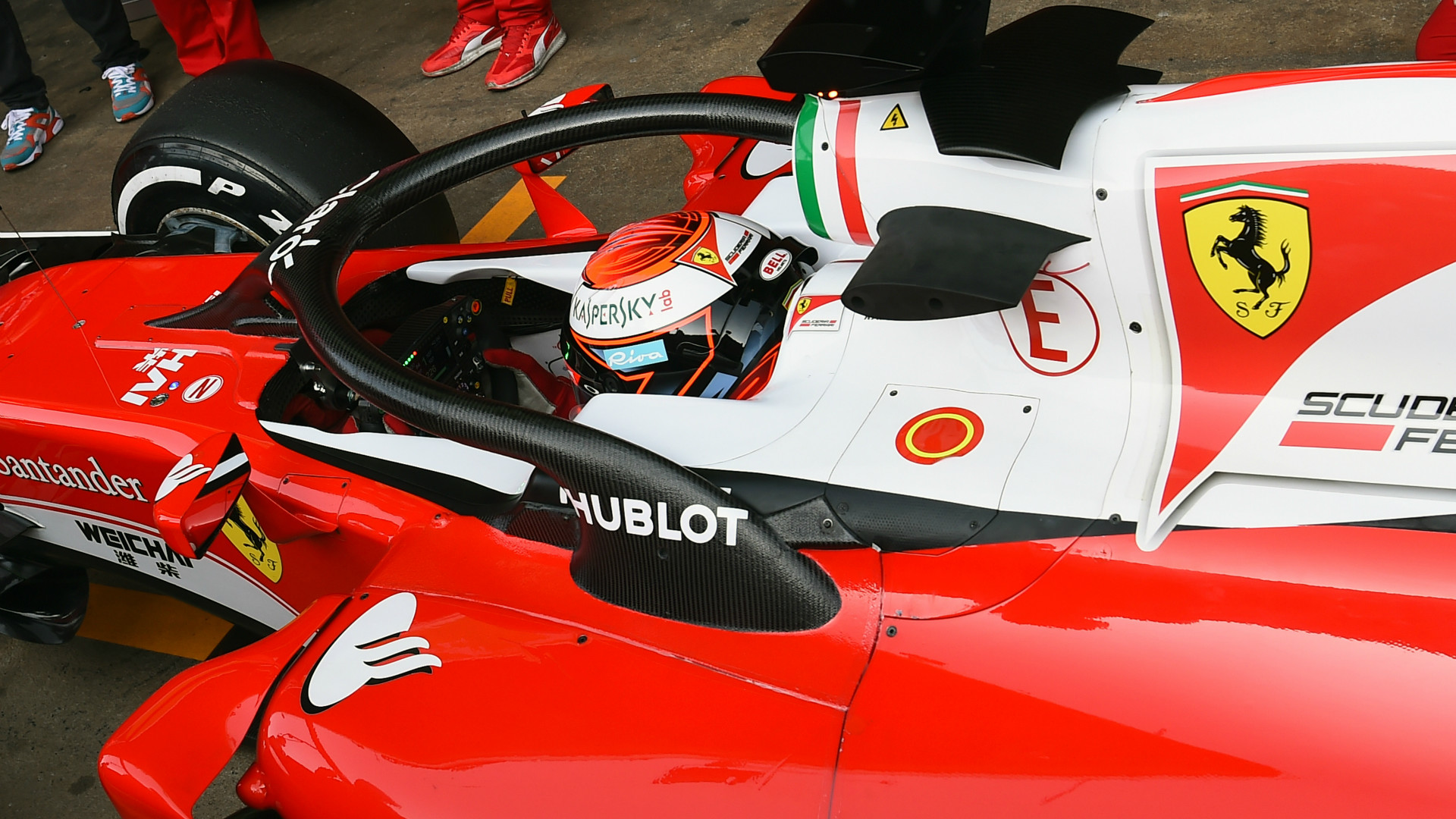

It’s finally happening: The (semi) closed cockpit era in Formula 1 will begin next year. That’s the word out of Monte Carlo, where the sport’s technical chiefs met this past weekend before the Monaco Grand Prix. According to reports from Autosport and BBC Sport, the FIA, the sanctioning body responsible for F1, has opted to implement a version of the “halo” device, based on a design Ferrari tested in March.

The decision is controversial. Cockpit protection in F1 has been debated for years, but the movement in favor gained momentum following Jules Bianchi’s crash at the Japanese Grand Prix two years ago. The 25-year old Marussia driver later died from head injuries sustained during the wreck. Still, some of the sport’s most respected figures have spoken out against restricting F1 cockpits in any capacity, citing tradition and aesthetics.

Past that, there’s the issue of which safety device is being mandated. Red Bull’s “aeroscreen,” introduced in prototype form this February, is widely seen as a more elegant solution, both in terms of appearance and driver visibility. But it hasn’t been tested extensively, and questions remain about the design’s available headspace—the amount of room a driver’s helmet is allowed to move during a high g-force impact. Don’t count the aeroscreen as a possibility for 2018 onward. But, for now, it’ll be an updated version of the Ferrari design.
The halo is expected to be approved formally July 6, during F1’s next technical regulations meeting, before the British Grand Prix.